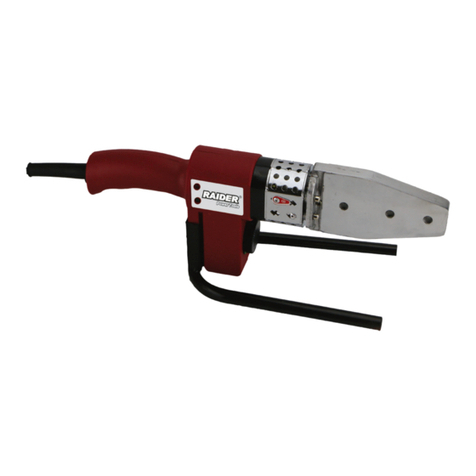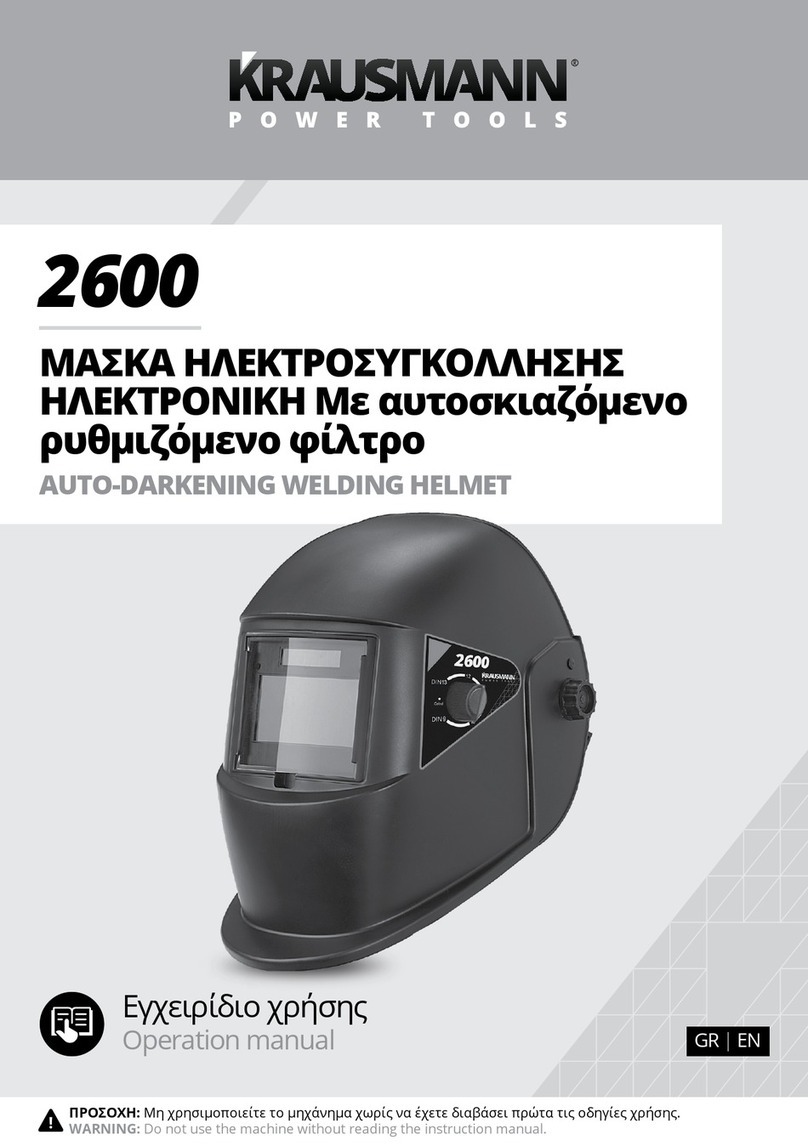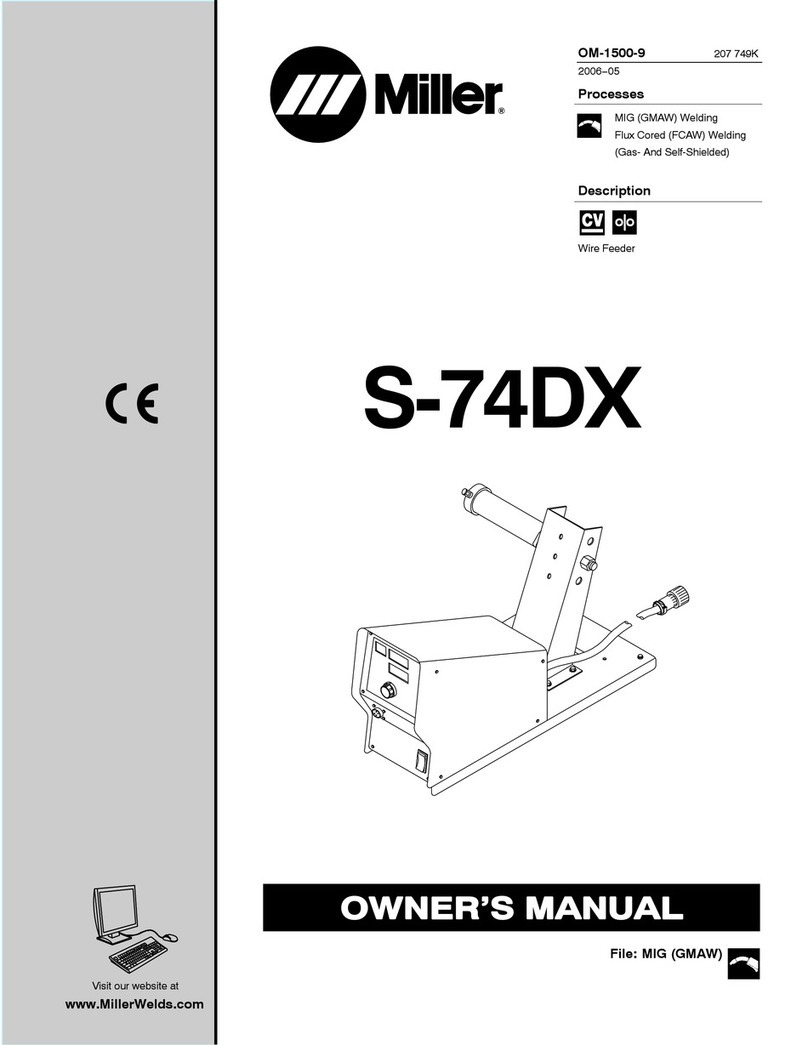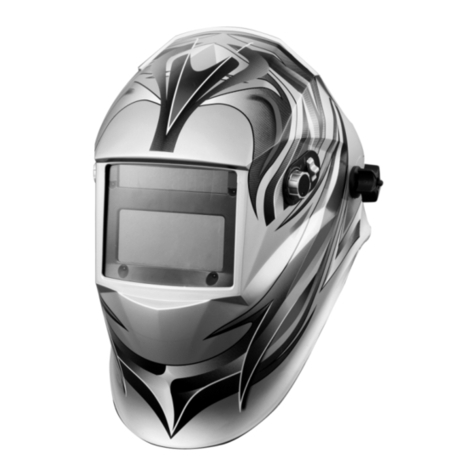Rehau AWADUKT PP User manual

AWADUKT PP FUSION
DE Montageanleitung Anschweisssattel für SN10/HPP SN16 Rohre
(Freispiegelleitungen)
EN Assembly instructions electrofusion saddle for AWADUKT PP SN10/
HPP SN16 pipes (gravity pipelines)

1 Wichtige Informationen 3
1.1 Sicherheitshinweise 3
1.2 Einsatzbereich 3
1.3 Allgemeine Hinweise 3
1.4 Allgemeine Verarbeitungsvorgaben/Lagerung 4
2 Montageschritte 5
3 Important Information 12
3.1 Safety information 12
3.2 Area of application 12
3.3 General information 12
3.4 General processing information/Storage 13
4 Assembly Steps 14
INHALTSVERZEICHNIS / CONTENTS

DE
1.1 Sicherheitshinweise
- Ergänzend zur vorliegenden Bedienungsanlei-
tung sind die allgemein gültigen gesetzlichen
sowie sonstige verbindlichen Regelungen zur
Unfallverhütung und zum Unfallschutz bei der
Montage und beim Umgang mit elektrischen
Geräten, wie z.B. Schweißgeräten oder
Bohrmaschinen, zu beachten und anzuweisen
- Halten Sie Ihren Arbeitsplatz sauber und frei
von behindernden Gegenständen. Sorgen Sie
immer für ausreichende Beleuchtung
- Halten Sie unbefugte Personen von Ihrem
Arbeitsplatz fern
- Tragen Sie geeignete Arbeitskleidung
- Verwenden Sie keine systemfremden Kompo-
nenten
- Halten Sie aus allgemeinen Sicherheitsgründen
während der Schweißung einen Abstand von
min. einem Meter zur Schweißstelle
REHAU übernimmt keine Haftung
für Schäden oder Verletzungen, die
auf bestimmungswidrigen Gebrauch des
Produktes, unsachgemäße Produkt- und
Systemanwendung zurückzuführen sind.
1.2 Einsatzbereich
Die REHAU PP Anschweißsättel eignen sich zum
Verschweißen mit AWADUKT PP SN10/HPP
SN16 Hochlastkanalrohren nach DIN EN 1852
(Freispiegelleitungen). Der max. Prüfdruck für
den Anschweißsattel beträgt 2,4 bar (Kurzzeit,
Prüfung mit Wasser).
1.3 Allgemeine Hinweise
Der Einbau und die Verschweißung der
Anschweißsättel darf nur von ausgebildetem
Personal durchgeführt werden, wir empfehlen
einen entsprechenden Schweißlehrgang mit
Schweißerprüfung.
Die Vorgaben dieser REHAU Montageanleitung
und der DVS Richtlinie 2207-11 sowie entspre-
chende nationale Vorschriften sind einzuhalten.
Es wird empfohlen, die Schweißdaten in
Schweißprotokollen zu dokumentieren (siehe
Anhang der DVS 2207-11; außerhalb von
Deutschland – siehe vergleichbare nationale
Richtlinien).
Die eingesetzten Schweißgeräte und Vorrich-
tungen müssen den Anforderungen der DVS
Richtlinie 2208-1 entsprechen.
1 WICHTIGE INFORMATIONEN
3

1.4 Allgemeine Verarbeitungsvorgaben/
Lagerung
Die Verarbeitung der REHAU Anschweißsättel
ist bei Umgebungstemperaturen im Bereich von
0 °C bis +40 °C möglich. Im Falle einer durch
Sonneneinstrahlung verursachten ungleichmäßi-
gen Erwärmung der Rohre und Anschweißsättel
ist z. B. durch Abdecken des Schweißbereiches
ein Temperaturausgleich zu erzielen.
Der Schweißbereich ist gegen negative Wit-
terungseinflüsse (u. a. Wind, Schnee, Regen,
Nebel, Feuchtigkeit, etc.) zum Beispiel durch
Einsatz von Schweißzelten zu schützen.
Es ist sicherzustellen, dass eine Abkühlung
des Schweißbereiches während des Schweiß-
vorgangs durch Luftzug verhindert wird. Die
Rohrenden sind während des Schweißens zu
verschließen.
Die Schweißflächen der zu verbindenden Teile
dürfen weder beschädigt noch verunreinigt sein
(z. B. durch Späne, Fett, Schmutz).
Die REHAU Anschweißsättel sind in geschlos-
senen Räumen in Originalverpackung unter
Ausschluss von negativen Witterungseinflüssen
wie z.B. Feuchtigkeit zu lagern. Die Lage-
rungstemperaturen sollen zwischen 0° und 40°C
betragen.
DE
4

2 MONTAGESCHRITTE
1. Fügeflächen über den Schweißbereich hinaus
von Schmutz befreien und trocknen.
2. Den Anschweißsattel an der vorgesehenen
Stelle auf dem Rohr positionieren, die äußere
Kontur und die innere Kontur des Sattels
nachzeichnen sowie den Mittelpunkt des
Sattelabgangs markieren.
3. Den Schweißbereich mittels eine Schraur
markieren.
4. Optionaler Schritt
Vorbohren (Bohrer Ø 4 mm), Halteschraube
einschrauben (ein optionaler Schritt für die
Sicherung der ausgefrästen Scheibe gegen
Hineinfallen in die Hauptleitung).
DE
5

5. Unmittelbar vor der Verschweißung die
Oxidschicht von den Rohroberfläche im
Schweißbereich mit einem Handschaber
vollständig entfernen. Die Markierungs-Kon-
trollstriche (Schraur) müssen nach dem
Schaben komplett entfernt sein. Späne sind
zu entfernen.
Die bearbeitete Rohroberfläche und die
Innenfläche des Anschweißsattels mit Spe-
zialreinigungsmittel (siehe Vorgaben der DVS
2207-11) sowie unbenutztem, saugfähigem,
nicht faserndem und nicht eingefärbtem
Papier reinigen und ausreichend ablüften
lassen.
Ohne die vollständige Entfernung
der Oxidschicht kann eine dichte
Schweißverbindung nicht sicher gestellt
werden.
Beschädigungen der Rohroberfläche, wie
z.B. Kratzer oder axiale Riefen, dürfen im
Schweißbereich nicht vorhanden sein.
Die bearbeitete Rohroberfläche ist vor
ungünstigen Witterungseinflüssen (z.B.
Feuchtigkeit, Reifbildung) und sonstigen
schädigenden Einflüssen (z.B. Fett,
Schmutz) zu schützen.
6. Rundheit der Rohre sichern
Die Unrundheit der Rohre darf im
Schweißbereich 1,5 % (bezogen auf den
Außendurchmesser), maximal 3 mm, nicht
überschreiten, ansonsten sind Runddrück-
klemmen einzusetzen.
7. Den Anschweißsattel auf den bearbeiteten
Schweißbereich aufsetzen, mitgeliefertes
Spannseil entlang den Markierungen (Pfeile)
führen.
DE
6

8. Spannmutter anbringen und mit Steck-
schlüssel SW13 ohne zusätzlicher Hebel-
verlängerung handfest anziehen. Lage des
Spannseiles nochmals überprüfen.
9. Schweißvorgang ausführen
Schweißkabel am Anschweißsattel gewichtsent-
lastet anschließen, Schweißdaten z. B. mittels
Barcode-Lesestift eingeben, die Anzeige am
Schweißgerät überprüfen und Schweißvorgang
durchführen.
Die Vorgaben der Schweißgerätehersteller sind
zu beachten.
Es sind ausschließlich Elektroschweiß-
geräte einzusetzen, die die Anforde-
rungen der DVS Richtlinie DVS 2208-1
(außerhalb von Deutschland - siehe vergleich-
bare nationale Richtlinie) erfüllen.
Halten Sie aus Sicherheitsgründen
während der Schweißung einen Abstand
von min. 1 m zu Schweißstelle.
Die Verbindungsstelle darf während des
gesamten Schweißvorganges bis zur
vollständigen Abkühlung (siehe Abkühlzeit)
nicht mehr bewegt bzw. mit äußeren
Kräften belastet werden. Das Spannseil
darf erst nach Ablauf der Abkühlzeit
entfernt werden.
10. Optionaler Schritt
Halteseil mit Halteschraube verbinden (ein
optionaler Schritt für die Sicherung der
ausgefrästen Scheibe gegen Hineinfallen in
die Hauptleitung).
11. Bauteil 1 auf dem Spannhals der Bohrma-
schine mittels Außensechskantschlüssel 6
mm befestigen.
Bauteil 1
DE
7

DE
12. Fräsbohrer in die Bohrmaschine einführen
und verriegeln
Achtung: Gefahr von Schnittverletzun-
gen durch Fräsbohrer.
13. Bauteil 1 inkl. Bohrmaschine in Bauteil 2
bis zur Verstellschraube (Abstand ca. 9 cm)
einführen und mit Madenschraube M6
beidseitig sichern.
14. Die Führungsrollen mittels Knebelschraube
gegen den Uhrzeigesinn zurückziehen. Fräs-
vorrichtung in den Sattelabgang senkrecht
einführen und dabei das Hauptrohr anbohren.
Die Knebelschraube bei laufender Bohr-
maschine anziehen, bis die Führungsrollen
spielfrei am Sattelabgang anliegen.
Bauteil 1
Bauteil 2
8

DE
15. Optionaler Schritt
Halteseil am Bauteil 2 befestigen (ein
optionaler Schritt für die Sicherung der
ausgefrästen Scheibe gegen Hineinfallen in
die Hauptleitung).
16. Die Önung beim Hauptrohr durch Drehen der
Fräsvorrichtung im Uhrzeigesinn herausfräsen.
Falls notwendig, den Anfahrpunkt durch
mehrmalige links/rechts Drehung überfahren,
um einen sauberen Schnitt zu erhalten. Die
Späne im Fräsbereich entfernen.
17. Führungsrollen mittels Knebelschraube
zurückziehen. Fräsvorrichtung und ausge-
fräste Scheibe herausnehmen und Spannseil
entfernen.
18. Die Anschlussleitung gemäß Montageanlei-
tung „AWADUKT PP Elektroschweissmue
für AWADUKT PP SN10/HPP SN16 Rohre”
mit dem Sattelabgang verschweißen.
9

NOTIZEN
DE

AWADUKT PP ELECTROFUSION SADDLE
EN Assembly instructions electrofusion saddle for AWADUKT PP SN10/
HPP SN16 pipes (gravity pipelines)

3.1 Safety information
- In addition to the assembly instructions, the
general applicable legal and other binding
regulations relating to industrial safety and the
prevention of accidents during assembly and
for using electrical equipment, e.g. welding
equipment or drills, are to be observed and the
relevant instruction provided.
- Keep your workplace tidy and free of obstruc-
tions. Make sure there is always sucient light.
- Keep unauthorised persons away from the
workplace.
- Wear suitable work clothing.
- Do not use any non-system components.
- For general safety reasons, maintain a distance
of at least one metre away from the welding
area during welding.
REHAU does not accept any liability
for damage or injuries that are due
to improper use of the product or incorrect
product and system application.
3.2 Area of application
The REHAU PP electrofusion saddles are
suitable for welding to AWADUKT PP SN10/
HPP SN16 heavy duty sewer pipes to DIN EN
1852 (gravity pipelines). The max. test pressure
for the electrofusion saddles is 2.4 bar (short-
term, testing with water).
3.3 General information
The installation and welding of the electrofusion
saddles must only be carried out by trained
personnel – we recommend appropriate welding
training with welder‘s qualification test.
The stipulations of these REHAU assembly
instructions and the DVS Guideline 2207-11 as
well as the corresponding national stipulations
are to be observed.
It is recommended that the welding data is
documented in welding reports (see Attachment
to DVS 2207-11; outside of Germany – see
equivalent national guideline).
The welding devices and equipment used must
fulfil the requirements of the DVS Guideline
2208-1.
3 IMPORTANT INFORMATION
EN
12

3.4 General processing information/
Storage
It is possible to process the REHAU electrofusion
saddles at ambient temperatures in the range
from 0 °C to +40 °C. A temperature balance is
to be achieved in the case of uneven warming
of the pipes and electrofusion saddles due to
sunlight, e.g. by covering the welding area.
The welding area is to be protected against
negative weathering influences (e.g. wind, snow,
rain, fog, moisture, etc.), by using welding tents
for example.
It is to be ensured that cooling of the welding
area during the welding process due to draughts
is prevented. The ends of the pipes are to be
sealed during welding.
The welding surfaces of the parts to be connec-
ted must not be damaged or contaminated (e.g.
with swarfs, grease, dirt).
The REHAU electrofusion saddles are to be
stored in closed rooms in the original packaging
away from the negative eects of weather, e.g.
moisture. The storage temperature should be
between 0 ° and 40 °C.
EN
13

EN
14
4 ASSEMBLY STEPS
1. Clean and dry the welding surface.
2. Place the electrofusion saddle in the designa-
ted position on the pipe, trace the exterior
and interior contour of the saddle and mark
the centre of the saddle outlet.
3. Mark the welding area using hatching.
4. Optional step
Pre-drill (Ø 4 mm drill), screw in the fixing
screw (an optional step to prevent the drilled
out section falling into the main pipe).

EN
5. Immediately prior to welding, remove the oxi-
de layer completely from the pipe surface in
the welding area with a scraper. The marking
lines (hatching) must be removed completely
after scraping. Swarfs are to be removed.
Clean the processed pipe surface and
the interior surface of the electrofusion
saddle with a special cleaning agent (see
stipulations of DVS 2207-11) and unused,
absorbent, non-fibrous and non-coloured
paper and allow to dry.
If the oxide layer is not completely
removed, a leaktight welded joint
cannot be guaranteed.
Damage to the pipe surface, e.g. scratches
or axial scoring must not be present in the
welding area.
The processed pipe surface is to be
protected against unfavourable weather
conditions (e.g. moisture, frost) and other
damaging factors (e.g. grease, dirt).
6. Ensure the circularity of the pipes
The out-of-roundness of the pipes in the
welding area must not exceed 1.5 % (with
regard to the external diameter), maximum
3 mm, otherwise rounding clamps are to be
used.
7. Fit the electrofusion saddle in the processed
welding area, run the provided clamping rope
along the marks (arrows).
15

EN
8. Attach the clamp nut and tighten hand-tight
with provided socket wrench SW13 without
additional lever extension. Check the position
of the clamping rope again.
9. Carry out the welding process
Connect the welding cable to the electrofusion
saddle in a load relieved way, enter the welding
data, e.g. using a barcode reader, check the
display on the welding machine and carry out the
welding process.
The welding machine manufacturer‘s specifica-
tions are to be observed.
Only electrofusion welding machines
are to be used that fulfil the require-
ments of the DVS Guideline DVS 2208-1
(outside of Germany - see equivalent national
guideline).
For safety reasons, maintain a distance of
at least 1 metre away from the welding area
during welding.
The welding point must not be moved
anymore or loaded with external forces during
the entire welding process until it has cooled
completely (see cooling time). The clamping
rope must only be removed once the cooling
time has elapsed.
10. Optional step
Attach the holding rope with a fixing screw
(an optional step to prevent the milled out
section falling into the main pipe).
11. Attach Component 1 to the collar of the drill
machine using a 6 mm external hexagon
socket wrench.
Component 1
16

EN
12. Insert the milling drill into the drill machine
and lock.
Warning: Risk of cut injuries from the
milling drill.
13. Insert Component 1 incl. drill machine into
Component 2 up to the adjusting screw
(distance approx. 9 cm) and secure on both
sides with a grub screw M6.
14. Turn the guide rollers anti-clockwise using
toggle screw. Insert the milling fixture into
the saddle outlet vertically and drill into the
main pipe during this process. Tighten the
toggle screws whilst the drill is running until
the guide rollers are free of clearance at the
saddle outlet.
Component 1
Component 2
17

EN
15. Optional step
Attach the holding rope to Component 2 (an
optional step to prevent the milled out section
falling into the main pipe).
16. Mill out the opening in the main pipe by
turning the milling fixture clockwise.
If necessary, pass over the starting point with
several left/right turns in order to obtain a
clean cut. Remove the swarfs in the milling
area.
17. Move the guide rollers back using the toggle
screw. Take out the milling fixture and the
milled out section and remove the clamping
rope.
18. Weld the connection pipe to the saddle
outlet according to the assembly instructions
„AWADUKT PP electrofusion fitting for
AWADUKT PP SN10/HPP SN16 pipes“.
18

EN
NOTES
19

© REHAU AG + Co
Rheniumhaus
95111 Rehau
www.rehau.de/TI
Technische Änderungen
vorbehalten
Subject to technical
changes
292600 DE/EN 07.2018
This document is protected by copyright. All rights based on this are reserved. No part
of this publication may be translated, reproduced or transmitted in any form or by any
similar means, electronic or mechanical, photocopying, recording or otherwise, or
stored in a data retrieval system.
Our verbal and written advice with regard to usage is based on years of experience
and standardised assumptions and is provided to the best of our knowledge. The
intended use of REHAU products is described comprehensively in the technical product
information. The latest version can be viewed at www.rehau.com/TI. We have no
control over the application, use or processing of the products. Responsibility for these
activities therefore remains entirely with the respective user/processor. Where claims
for liability nonetheless arise, they shall be governed exclusively according to our terms
and conditions, available at www.rehau.com/conditions, insofar as nothing else has
been agreed upon with REHAU in writing. This shall also apply for all warranty claims,
with the warranty applying to the consistent quality of our products in accordance with
our specifications. Subject to technical changes.
Die Unterlage ist urheberrechtlich geschützt. Die dadurch begründeten Rechte,
insbesondere die der Übersetzung, des Nachdruckes, der Entnahme von Abbildungen,
der Funksendungen, der Wiedergabe auf fotomechanischem oder ähnlichem Wege
und der Speicherung in Datenverarbeitungsanlagen, bleiben vorbehalten.
Unsere anwendungsbezogene Beratung in Wort und Schrift beruht auf langjährigen
Erfahrungen sowie standardisierten Annahmen und erfolgt nach bestem Wissen. Der
Einsatzzweck der REHAU Produkte ist abschließend in den technischen Produktinfor-
mationen beschrieben. Die jeweils gültige Fassung ist online unter www.rehau.com/TI
einsehbar. Anwendung, Verwendung und Verarbeitung der Produkte erfolgen außerhalb
unserer Kontrollmöglichkeiten und liegen daher ausschließlich im Verantwortungsbe-
reich des jeweiligen Anwenders/Verwenders/Verarbeiters. Sollte dennoch eine Haftung
in Frage kommen, richtet sich diese ausschließlich nach unseren Lieferungs- und
Zahlungsbedingungen, einsehbar unter www.rehau.com/conditions, soweit nicht
mit REHAU schriftlich etwas anderes vereinbart wurde. Dies gilt auch für etwaige
Gewährleistungsansprüche, wobei sich die Gewährleistung auf die gleichbleibende
Qualität unserer Produkte entsprechend unserer Spezifikation bezieht. Technische
Änderungen vorbehalten.
REHAU VERKAUFSBÜROS / REHAU SALES OFFICES
AE: Middle East, +971 4 8835677, [email protected] AR: Buenos Aires, +54 11 48986000, buenosair[email protected] AT: Linz,
+43 732 3816100, [email protected] Wien, +43 2236 24684, [email protected] AU: Adelaide, +61 8 82990031, adelaide@
rehau.com Brisbane, +61 7 55271833, [email protected] Melbourne, +61 3 95875544, melbourne@rehau.com Perth, +61
8 94564311, [email protected] Sydney, +61 2 87414500, sydney@rehau.com AZ: Baku, +99 412 5110792, [email protected]
BA: Sarajevo, +387 33 475500, sarajevo@rehau.com BE: Bruxelles, +32 16 399911, brux[email protected] BG: Sofia, +359
2 8920471, [email protected] BR: Arapongas, +55 43 31522004, ar[email protected] Belo Horizonte, +55 31 33097737,
[email protected] Caxias do Sul, +55 54 32146606, caxias@rehau.com Mirassol, +55 17 32535190, mirassol@rehau.
com Recife, +55 81 32028100, [email protected] BY: Minsk, +375 17 2450209, [email protected] CA: Moncton, +1 506
5382346, [email protected] Montreal, +1 514 9050345, montr[email protected] .Toronto, +1 905 3353284, toronto@rehau.
com Vancouver, +1 604 6264666, [email protected] CH: Bern, +41 31 720120, [email protected] Vevey, +41 21 9482636,
[email protected] Zuerich, +41 44 8397979, [email protected] CN: Guangzhou, +86 20 87760343, [email protected]
Beijing,+861064282956, [email protected]Shanghai,+86 21 63551155,[email protected]Chengdu,+86 28 86283218,
[email protected]Xian, +86 2968597000, [email protected] Shenyang, +8624 22876807,[email protected]CO: Bogota,
+57 1 898 528687, [email protected] CZ: Praha, +420 272 190111, [email protected] DE: Vertriebsregionen Nord & West:
REHAU AG + Co Standort Hamburg, +49 40 733402-100 [email protected], Vertriebsregionen Süd & Ost: REHAU AG + Co
Standort Leipzig, +49 034292 82-0 [email protected] DK: Kobenhavn, +45 46 773700, kobenhavn@rehau.com EE: Tallinn,
+372 6025850, [email protected] ES: Barcelona, +34 93 6353500, bar[email protected] Bilbao, +34 94 4538636, bilbao@
rehau.com Madrid, +34 91 6839425, [email protected] FI: Helsinki, +358 9 87709900, helsinki@rehau.com FR: Lyon, +33
4 72026300, [email protected] Metz, +33 6 8500, [email protected] Paris, +33 1 34836450, [email protected] GB: Glasgow,
+44 1698 503700, [email protected] Manchester, +44 161 7777400, [email protected] Slough, +44 1753 588500,
[email protected] Ross on Wye, +44 1989 762643, [email protected] London, +44 207 3078590, [email protected] GE:
Tbilisi, +995 32 559909, [email protected] GR: Athens, +30 21 06682500, athens@rehau.com Thessaloniki, +30 2310 633301,
[email protected] HK: Hongkong, +8 52 28987080, hongk[email protected] HR: Zagreb, +385 1 3444711, zagreb@rehau.
com HU: Budapest, +36 23 530700, [email protected] ID: Jakarta, +62 21 45871030, [email protected] IE: Dublin, +353
1 8165020, [email protected] IN: Mumbai, +91 22 61485858, [email protected] New Delhi, +91 11 45044700, newdelhi@
rehau.com Bangalore, +91 80 2222001314, bangalor[email protected] IT: Pesaro, +39 0721 200611, [email protected] Roma,
+39 06 90061311, [email protected] Treviso, +39 0422 726511, tr[email protected] JP: Tokyo, +81 3 57962102, tokyo@
rehau.com KR: Seoul, +82 2 5011656, [email protected] KZ: Almaty, +7 727 3941301, almaty@rehau.com LT: Vilnius, +370
5 2461400, [email protected] LV: Riga, +371 6 7609080, [email protected] MA: Casablanca, +212 522250593, casablanca@
rehau.com MK: Skopje, +389 2 2402, sk[email protected] MX: Celaya, +52 461 6188000, [email protected] Monterrey, +52 81
81210130, [email protected] NL: Nijkerk, +31 33 2479911, [email protected] NO: Oslo, +47 2 2514150, [email protected]
NZ: Auckland, +64 9 2722264, [email protected] PE: Lima, +51 1 2261713, [email protected] PL: Poznań, +48 61 8498400,
[email protected] PT: Lisboa, +351 21 8987050, lisboa@rehau.com Oporto, +351 22 94464, [email protected] QA: Qatar,
+974 44101608, [email protected] RO: Bacau, +40 234 512066, [email protected] Bucuresti, +40 21 2665180, bucuresti@
rehau.com Cluj Napoca, +40 264 415211, [email protected] RS: Beograd, +381 11 3770301, [email protected] RU:
Chabarowsk, +7 4212 411218, chabarowsk@rehau.com Jekaterinburg, +7 343 2535305, [email protected] Krasnodar,
000353, [email protected] Rostow am Don, +7 8632 978444, rostow@rehau.com Samara, +7 8462 698058, samara@
rehau.com St. Petersburg, +7 812 3266207, stpetersburg@rehau.com Woronesch, +7 4732 611858, wor[email protected]
SE: Örebro, +46 19 206400, oer[email protected] SG: Singapore, +65 63926006, singapor[email protected] SK: Bratislava, +421
2 68209110, bratislava@rehau.com TH: Bangkok, +66 27635100, [email protected] TW: Taipei, +886 2 87803899, taipei@
rehau.com UA: Dnepropetrowsk, +380 56 3705028, dnepropetrowsk@rehau.com Kiev, +380 44 4677710, [email protected]
Odessa, +380 48 7800708, [email protected] Lviv, +380 32 2958920, [email protected] US: Detroit, +1 248 8489100, detroit@
rehau.com Grand Rapids, +1 616 2856867, gr[email protected] Los Angeles, +1 951 5499017, [email protected]
Minneapolis, +1 612 2530576, [email protected] VN: Ho Chi Minh City, +84 8 38233030, [email protected] ZA:
Durban, +27 31 7657447, [email protected] Johannesburg, +27 11 2011300, johannesbur[email protected] Cape Town, +27 21
9821254, [email protected] East London, +27 43 7095400, [email protected] Für Länder ohne REHAU Verkaufsbüro,
Table of contents
Languages:
Popular Welding Accessories manuals by other brands
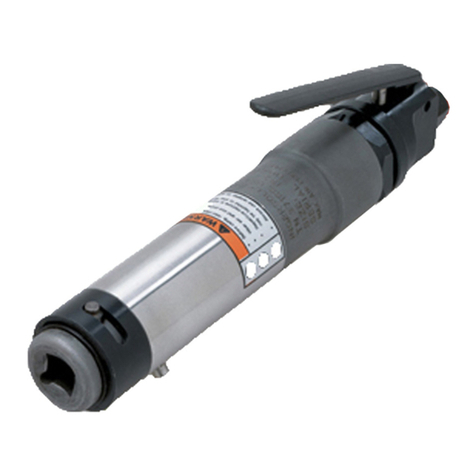
Ingersoll-Rand
Ingersoll-Rand 172-EU Series instructions
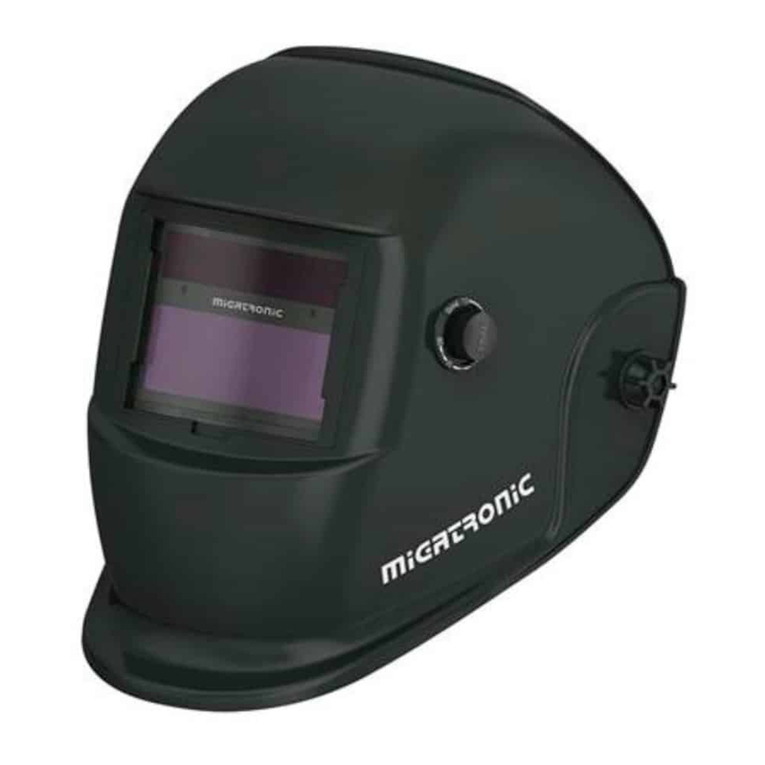
Migatronic
Migatronic Basic ADF Instruction guide
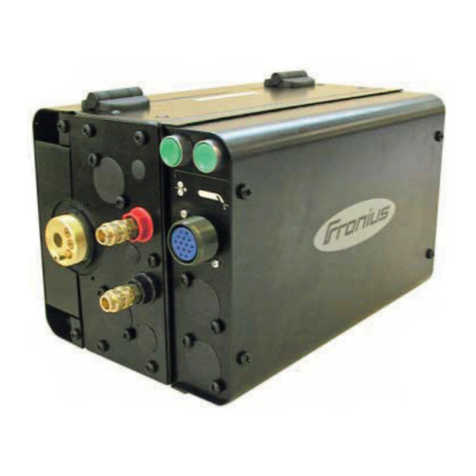
FRONIUS
FRONIUS VR 1500-12 operating instructions
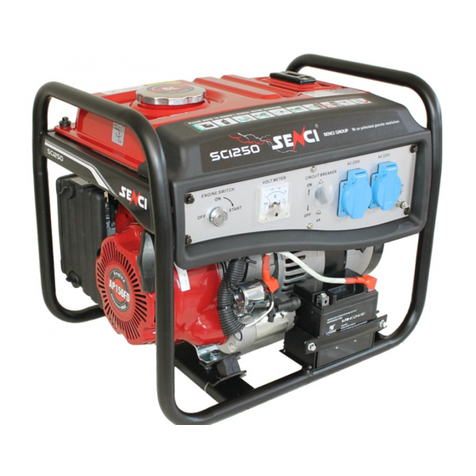
Senci
Senci SC-1250 user guide

Toparc
Toparc NUM MIG-1 manual
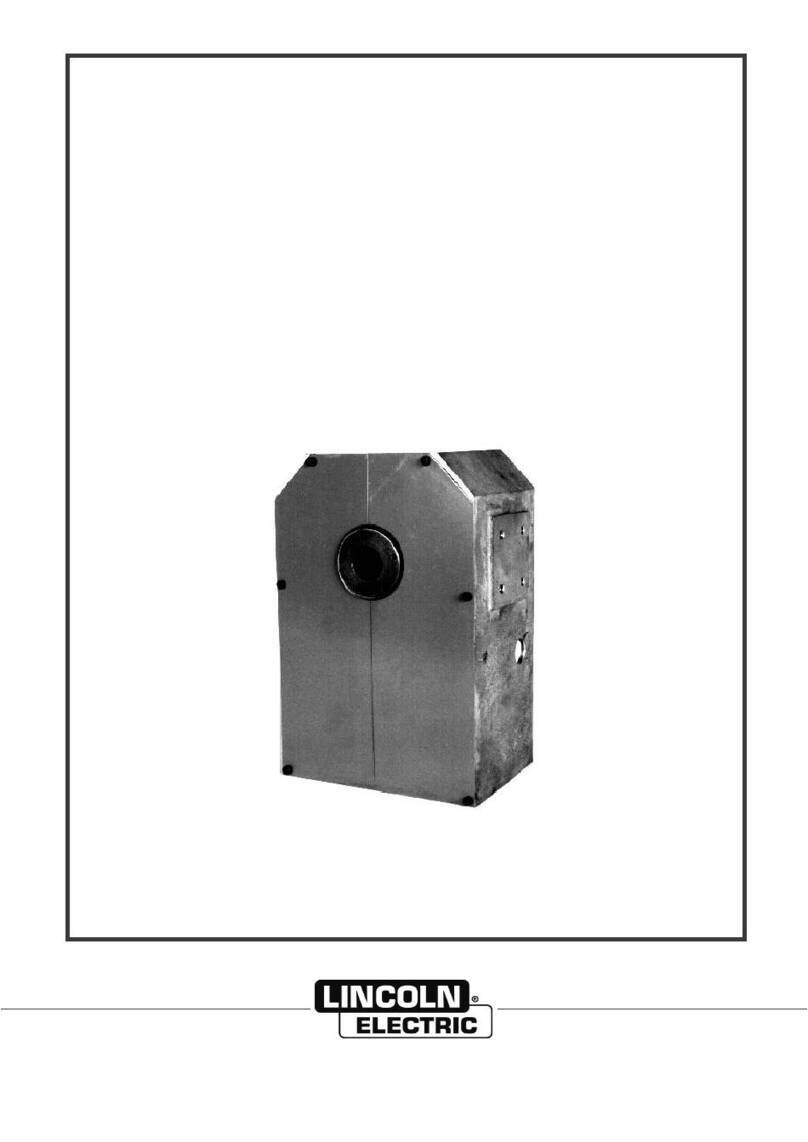
Lincoln Electric
Lincoln Electric TURNMATIC TM 01 Safety instruction for use and maintenance
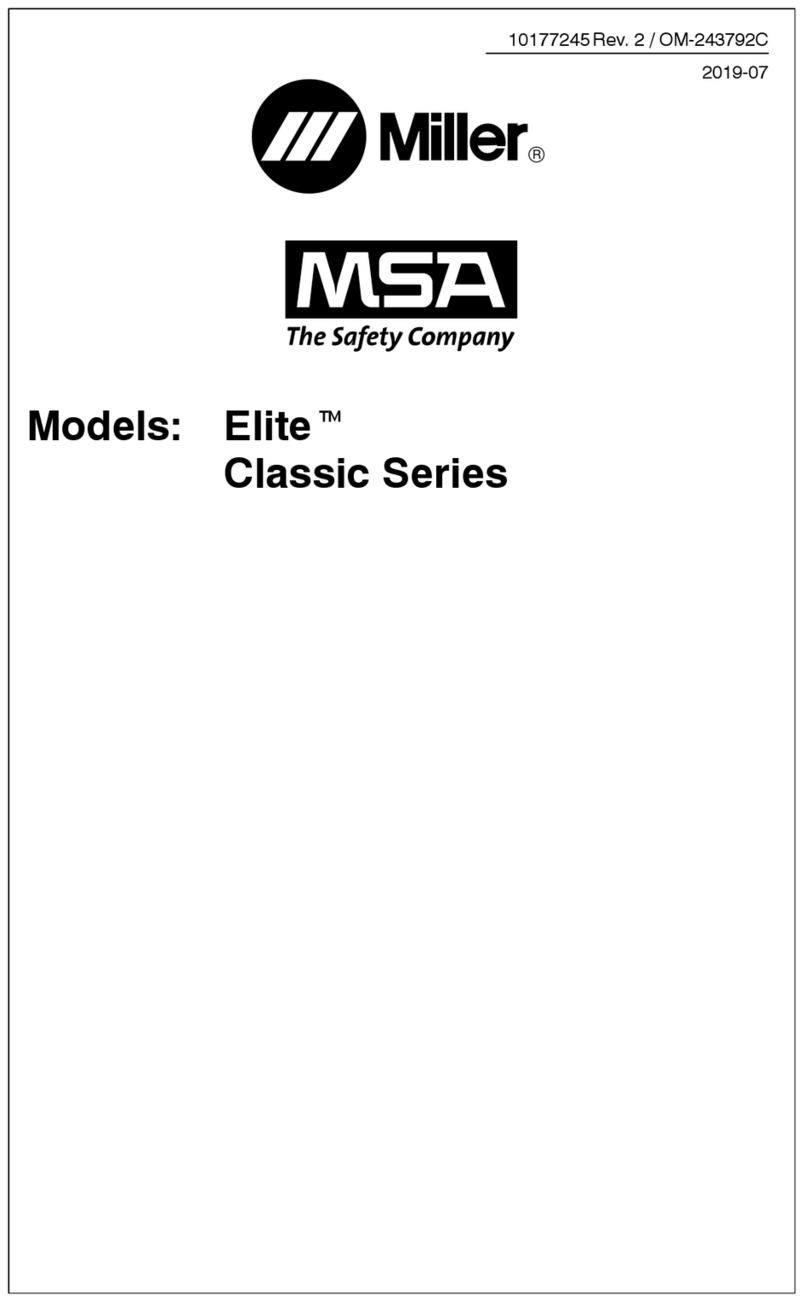
MSA
MSA Elite Series manual

Hobart Welding Products
Hobart Welding Products Inventor Series owner's manual
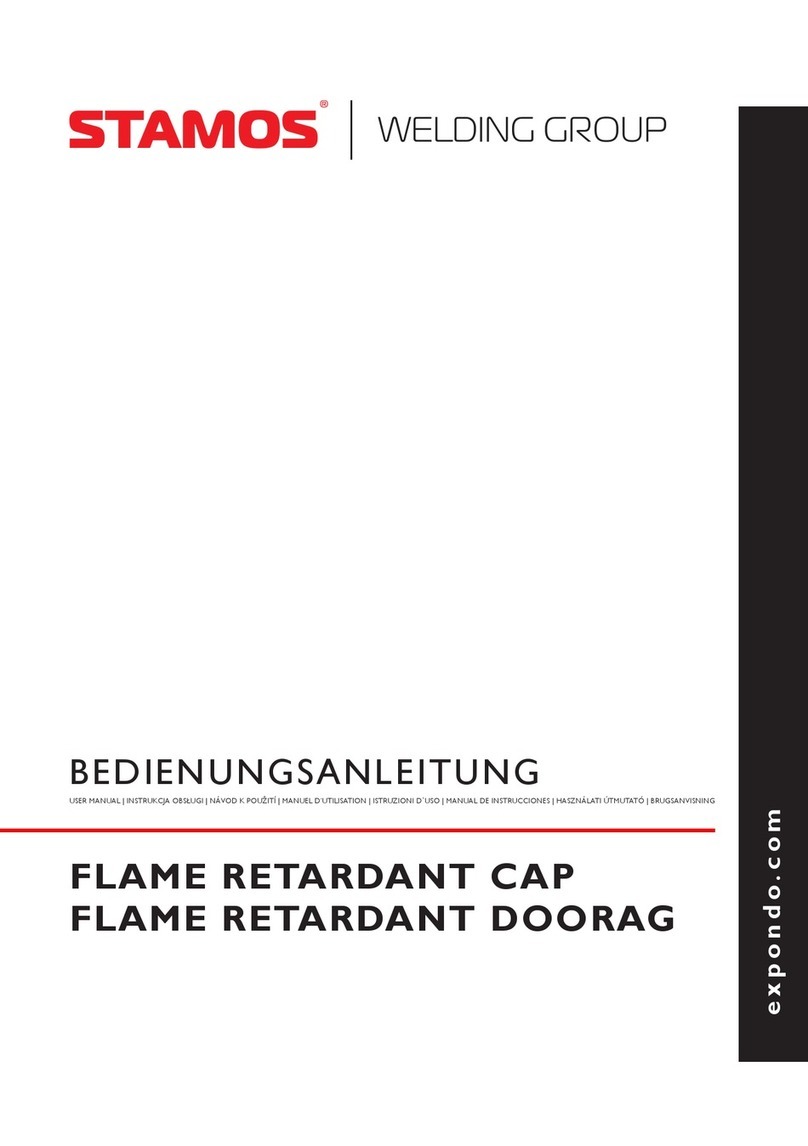
STAMOS
STAMOS SWH03 user manual
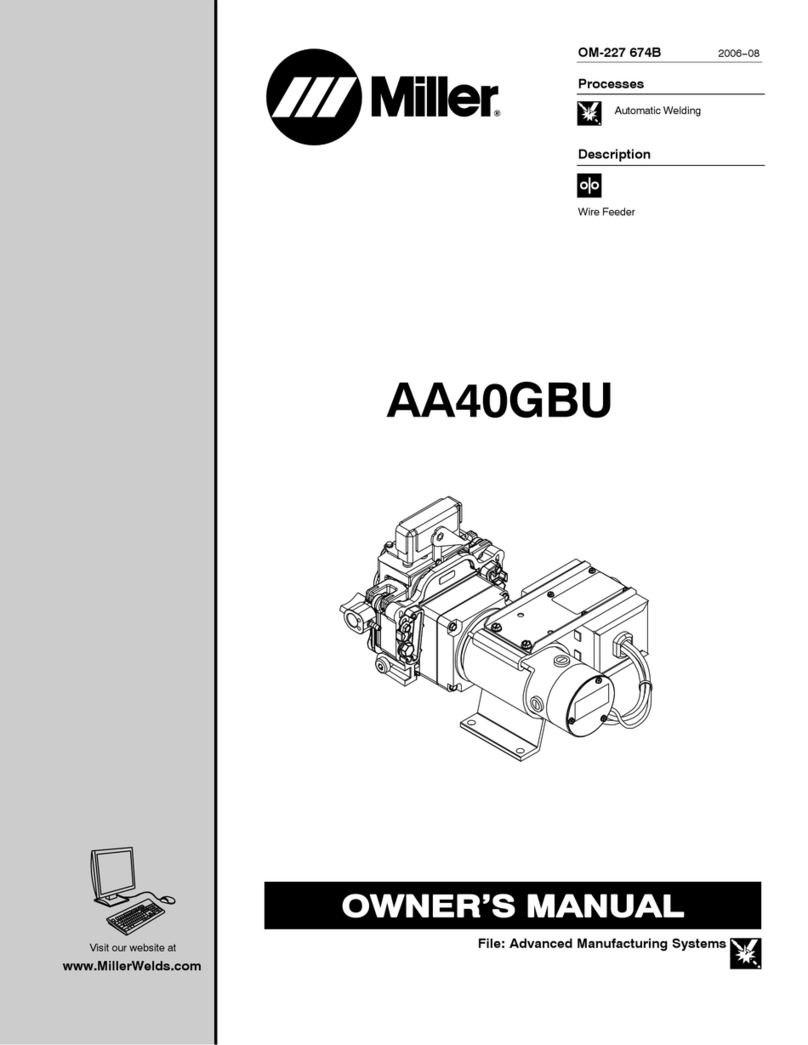
Miller Electric
Miller Electric AA40GBU owner's manual

Miller Electric
Miller Electric Belt/Hydraulic-Driven Generator owner's manual
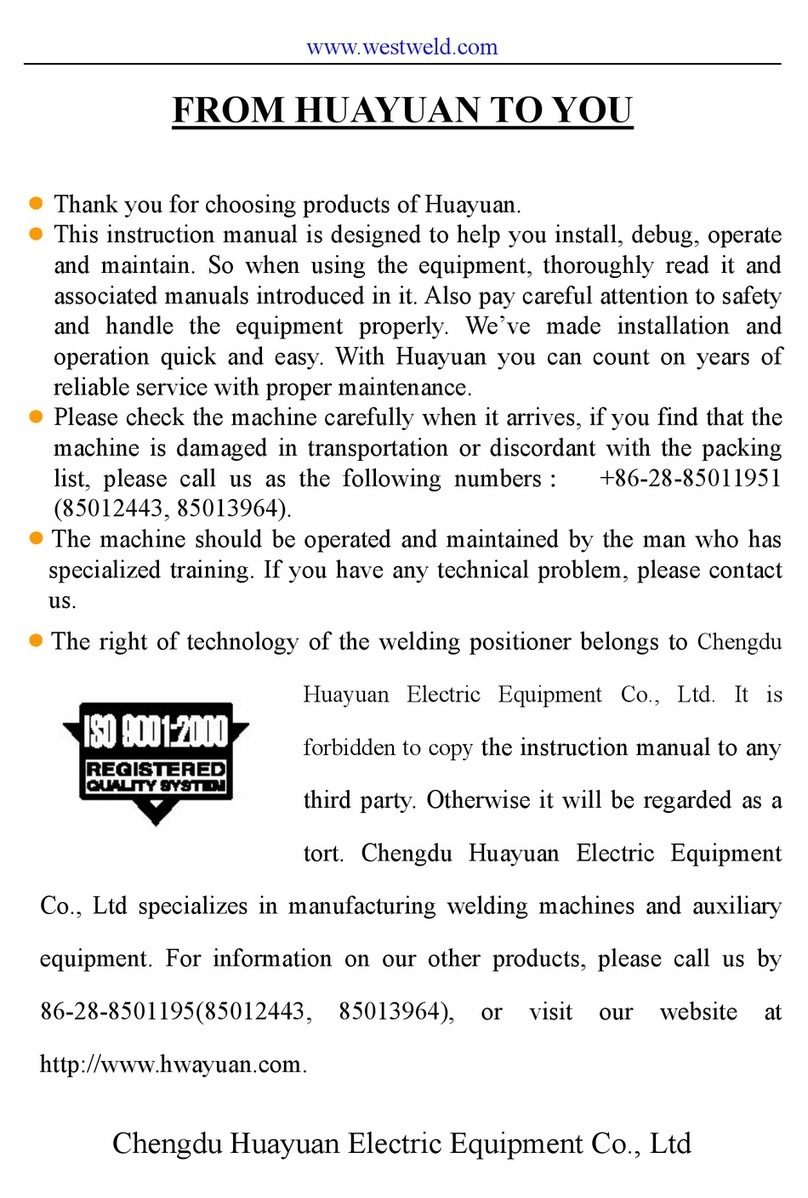
Huayuan Electric
Huayuan Electric HB-30 owner's manual
